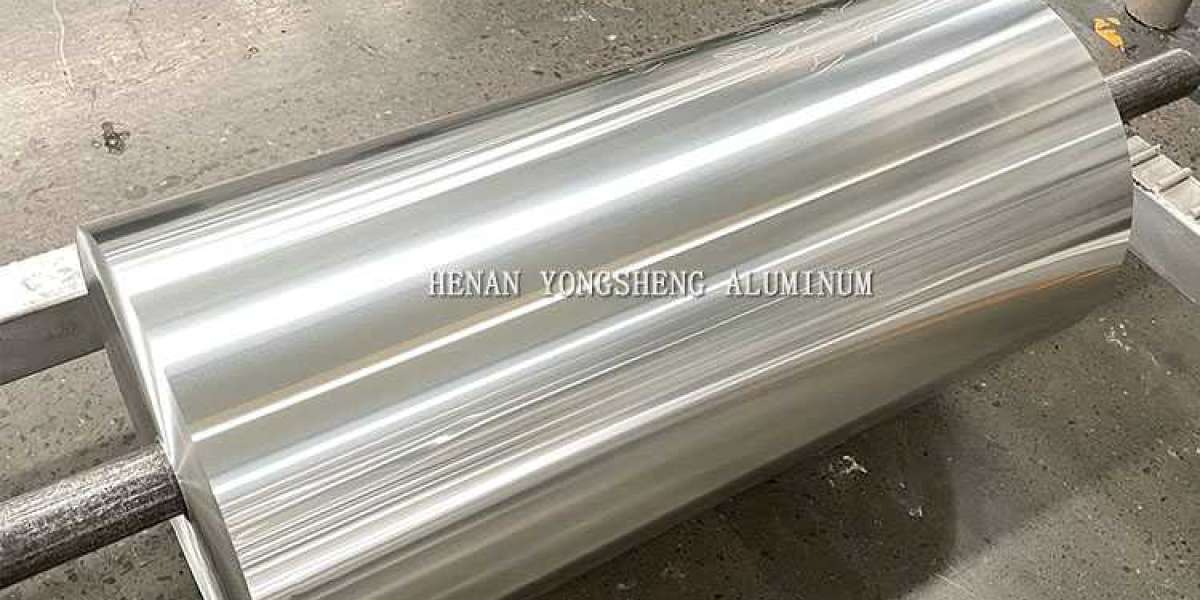Aluminum foil is a key component in the construction of electrolytic capacitors, which are widely used in electronic circuits due to their high capacitance value and compact size.
Role of aluminum foil in electrolytic capacitors:
Aluminum foil is used as one of the electrodes of electrolytic capacitors. It acts as the anode, while the conductive electrolyte and cathode (usually a conductive oxide layer) make up the capacitor structure. The aluminum foil is responsible for providing a large surface area for the formation of the dielectric layer, allowing the capacitor to achieve high capacitance values.
Characteristics:
Purity: The aluminum foil used in electrolytic capacitors is usually made from high-purity aluminum to ensure good conductivity and minimize impurities that can affect the performance of the capacitor.
Surface Area: Foils are manufactured with a textured or etched surface to maximize their effective surface area. This increased surface area enhances the formation of the dielectric layer, resulting in higher capacitance values.
Thickness: The thickness of aluminum foil can vary depending on the specific capacitor design and application. Thicker foils are typically used for higher voltage applications to ensure adequate breakdown strength.
Manufacturing process:
Aluminum ingots: The process starts with the production of high-purity aluminum ingots. These ingots are typically made through the Bayer process, which involves refining bauxite ore.
Casting: Aluminum ingots are melted and cast into sheets or coils of the desired thickness. The casting process can include hot rolling, cold rolling and annealing to achieve the desired foil properties.
Surface Treatment: The surface of aluminum foil is treated to create a textured or etched surface. This treatment increases the effective surface area and promotes the formation of a uniform dielectric layer during capacitor manufacturing.
Shaping: Treated foil is cut to the precise size and shape for a specific capacitor design.
Quality Control: Foils undergo strict quality control measures to ensure they meet the required electrical and mechanical specifications. This includes testing purity, thickness, surface roughness and other relevant parameters.
Packaging: After the foil passes quality control, it is packed and supplied to the capacitor manufacturer for further processing.






